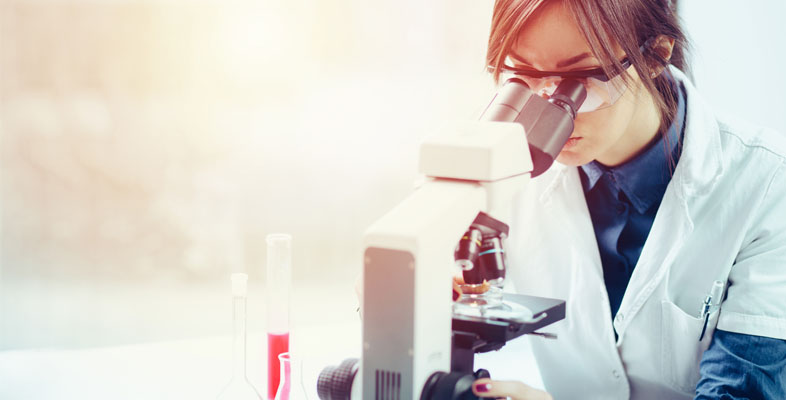5 Summary of Week 1
Congratulations, you’ve now reached the end of Week 1.
You should have some insight into the role of histology in a hospital laboratory and in biomedical research. You should also be familiar with the capabilities of a simple light microscope, and be able to operate all the features of the virtual microscope.
You have been introduced to some of the processes involved in preparing material for microscopy, including fixation, sectioning and staining.
You have also been shown how to recognise different types of cells in blood and carry out a differential leukocyte count. Abnormalities in the appearance of the cells, or in their numbers, in the blood, can aid the diagnosis of genetic conditions, infection, inflammation and allergies. The differential cell count is a key guide in the diagnosis of different types of leukaemia.
In the next part of the course you will be introduced to a variety of different types of tissues, using the virtual microscope. The aim is for you to be able to recognise the normal appearance of each of these tissues, and be able to identify the cell types in them.
You can now go to Week 2 [Tip: hold Ctrl and click a link to open it in a new tab. (Hide tip)] .
